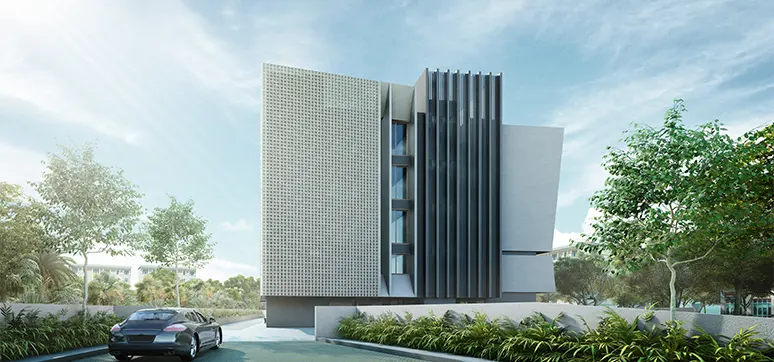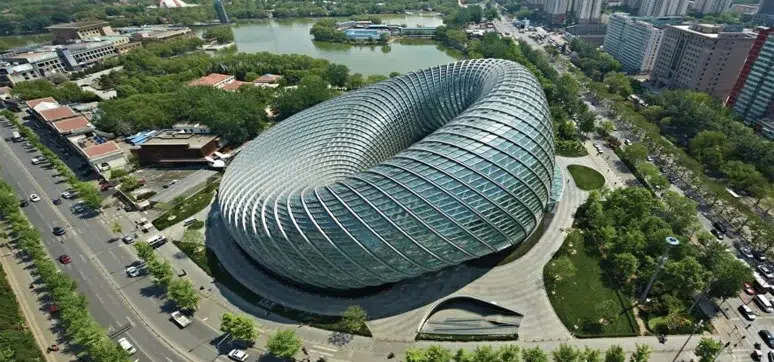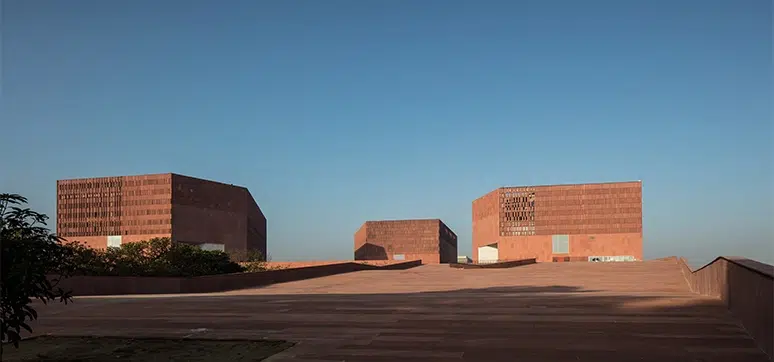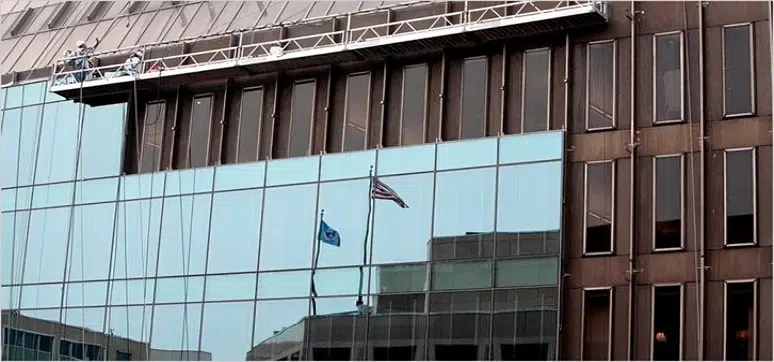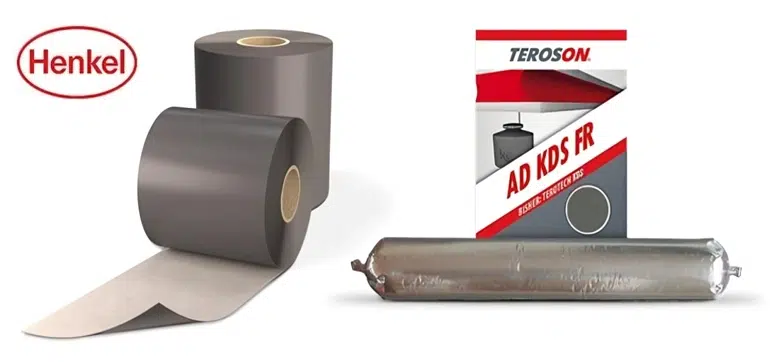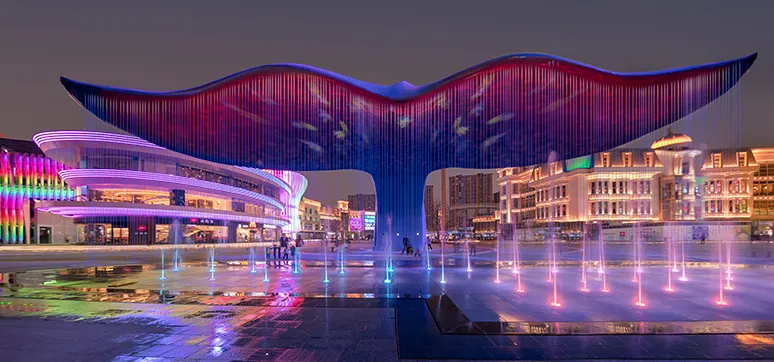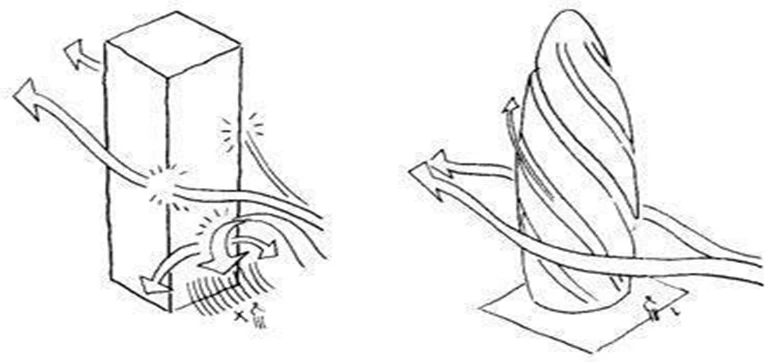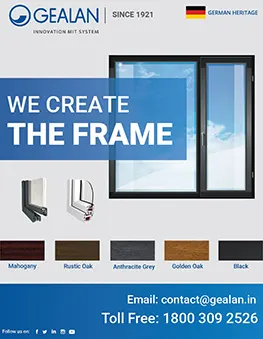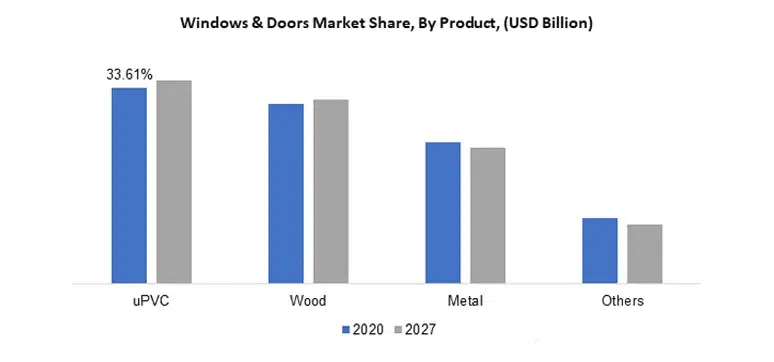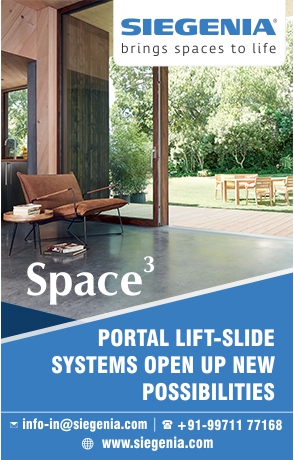Role of Façades in Energy Conservation & Operational Cost Reduction
By: Hardik Gupta, ESSTEAM
Buildings are the largest energy consumer in the prevalent construction industry practices in our context. That makes it offer a unique boundless opportunity to protect the environment and conserve energy in a sustainable way. The combined crises of energy source depletion and significant climate change are generating a sense of urgency and fundamental changes in many industries including the construction industry. The heating and air-conditioning load and lighting load can be reduced through many means; notable among them is the proper design and selection of building envelope components. Façades are one of the most important contributors to the energy expenses and the vital comfort parameters of any building. It also is one of the essential considerations in the design, engineering, and operation of the buildings.
The parameters affecting building envelope energy performances may be designed variables (e.g., configuration of the exterior wall) or design given inputs imposed by the context of the project (e.g., the outdoor temperature of the site). Building envelopes differentiate the building’s inner environment to the outer environment. They have a dominant impact on a building’s energy balance and can, therefore, play a large role in making the change towards sustainable, energy-neutral buildings. Façades not only shape the appearance of the building, they have also potential to redirect and filter daylight, provide natural ventilation, manage heat transfer, enhance productivity of occupants, create visual and physical connections between inside and outside, and most importantly, reducing operating costs of a building.

The solar radiation is the main source of heat gain in the building. The result of some research shows the importance of façade in preventing solar radiation reaching into the building. The study showed that the application of overhangs would reduce the electricity consumption by up to 5 per cent on the high-level floor since lower floors would be in shadows of surrounding buildings. The thermal insulating the envelope and the partitions would be effective in reducing the yearly space cooling load by up to 38 per cent.
Façade designing for Jainam House has been done by taking the advantage of computer technology. From solar illuminance study, façade was analysed under various true conditions as per its geological location and climatic conditions. The optimum variant is implemented in the project which has been shown in Fig.1. The illuminance results have been shown in Figs.2 & 3, which prove to lower down the surplus solar light ingress resulting in lowering heat gain to a great extent and not to forget making it aesthetically unique and appealing too.
There are several studies investigating building skin, building envelope and building façades where they have used different terms to label the exterior elements of a building. Powler and Kelbaugh (1990) defined a “Building Envelope” to be any surface that separates the thermally conditioned interior of a building from its environment. According to this definition, building envelope includes roofs, exterior walls, and floors, ceiling slabs and foundation walls and each plays an immense role in building sustainability and how buildings respond to different requirements. Exterior wall and roof consist of four elements, namely structural elements, exterior finish and exterior colour, exterior or interior insulation.
High-performance window system with good thermal and optical properties is important in determining thermal comfort and illumination levels. In recent years, significant advances have been made in glazing materials including low emissivity (low-e) coatings, insulating glass units, aerogels cavity fills and thermally break frames. Thermal properties can be measured by U-value, K-value, SHGC, optical properties can be evaluated by visual transmittance (Tv).
The primary objective of the façade designing should minimise the energy use while simultaneously enhancing the comfort and well-being of the building’s occupants, and the second is to identify some of the practical considerations related to the successful design and implementation of advanced façade solutions on the projects.

Installing high-quality fenestration and shading features such as landscaping (trees, hedgerows), overhangs or fins, light shelves, and blinds can save heating and cooling energy as well as save on electrical lighting if designed properly. Shading features should be installed atleast on east, west, and south facing façade. The façade design decisions can be achieved through the process of understanding the problem, identifying potential design measures, setting up models, running annual cooling load analysis, and making design decisions.
The amount of energy lost through the envelope is influenced by both design and materials. Design considerations affect the placement of windows and doors, the size and location of which can be optimised to reduce energy usage. Decisions regarding the appropriate material also play a vital role in determining the energy performance. Therefore, energy-efficient building envelope design measures can be generally separated into two groups, namely architectural design measures and material design measures.

1) Architectural Design Measures:
- Optimise building form to minimise heat gains through the surface
- Orient building towards north-south exposures to take advantage of north-south daylighting
- Turn long façades toward the prevailing breezes to enhance natural ventilation
- Employ solar shading devices to block direct solar radiation
- Use innovative wall type, e.g. double skin wall
- Proper design of window area and size (window to wall ratio)
- Install light shelves to penetrate daylight deep into the building
2) Material Design Measures:
- Insulate the exterior wall and roof
- Use high-performance concrete for its thermal mass
- Use reflective exterior wall/roof finishes to reduce solar heat gain
- Incorporate windows with low-e or reflective coating
- Incorporate windows with tinted or multiple layers of glazing
- Incorporate windows with the thermally improved frame.
To maintain a comfortable indoor climate, fixed and operable shading systems are used in northern Europe to limit solar heat gain, and operable windows are implemented to allow for natural ventilation. European buildings typically have a narrow floor plate which enhances the effectiveness of natural ventilation and daylighting and reduces the need for cooling and electrical lighting. The prevalence of narrow floor plates among European office buildings can be explained by a combination of factors: working condition standards, economics, and cultural expectations in terms of access to daylight and operable windows.
Natural ventilation enables the elimination of expensive ventilation and cooling systems. In fact, air-conditioning is used very selectively – typical office spaces in northern Europe are not air-conditioned, with the exception of the conference and other meeting rooms which are often subject to higher internal loads and thus more likely to need mechanical cooling. In contrast, typical U.S. office buildings, especially those constructed in the last three decades of the 20th century, have sealed envelopes and rely on mechanical heating and cooling to maintain uniform interior temperature conditions.
The Energy Conservation Building Code of India (ECBC), Bureau of Energy Efficiency (BEE), American Society of Heating, Refrigerating and Air- Conditioning Engineers (ASHRAE), and the Department of Energy (DOE) have begun programmes that seek to incrementally reduce building energy use to net-zero over the next 15 to 20 years.
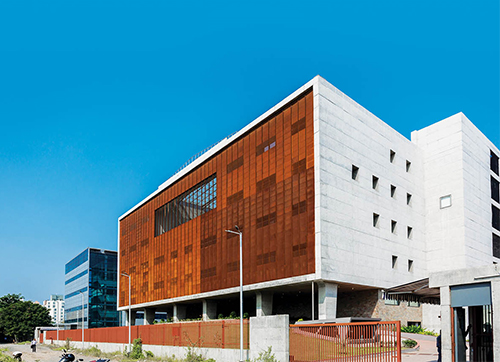
World Green Building Council (WGBC) is working with their 73 Green Building Councils in the World (Indian Green Building Council (IGBC), United States of Green Building Council (USGBC), etc. to reduce the energy demand. Effective façades strategy can range from simple passive solutions with low or moderate window-to-wall ratio and fixed exterior shading to highly complex design solutions with automated shading and ventilation elements, which can further improve performance but require additional operation and maintenance. The incorporation of these strategies provides the opportunity to minimise the need for electric lighting, cooling, and heating energy and enhance occupant well-being and productivity.
Simple design strategies (proper building massing and orientation, moderate window-to-wall ratio, high-performance glazing, fixed exterior shading, etc.) are relatively healthy design solutions and have a generally predictable impact on energy use, so these should be pursued whenever possible.
“THE MOST INTELLIGENT FAÇADES ARE AS PASSIVE AS POSSIBLE.”
Integration of façade systems with the building systems provides an opportunity to maximise the performance benefits and cost savings. For example, high-performance façades can allow for a reduction in peak cooling loads and thus provide the opportunity to implement a smaller HVAC system and/or a low-energy alternative, which can translate into increased energy savings, reduced initial costs, and HVAC system operation and maintenance savings.
The next generation of façades consists of multi-functional and highly adaptive systems, where the façade between the interior and exterior environment could change its functions, features or behaviour over time in response to transient performance requirements and boundary conditions, with the aim of improving the overall building performance.
Top Stories
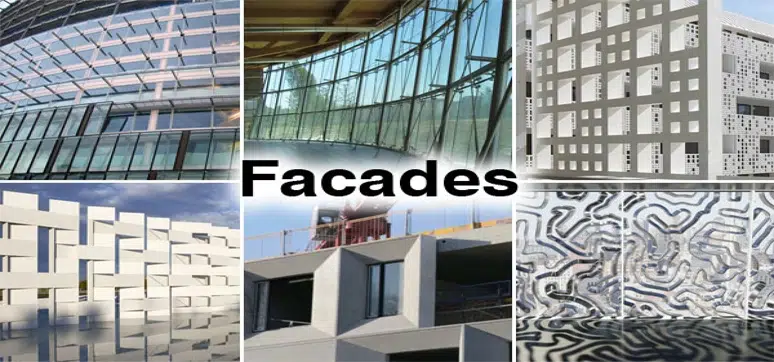
Façade Systems Market Size is Estimated to Reach USD 398.8 Billion by 2029
By: Abdul | April 16, 2024
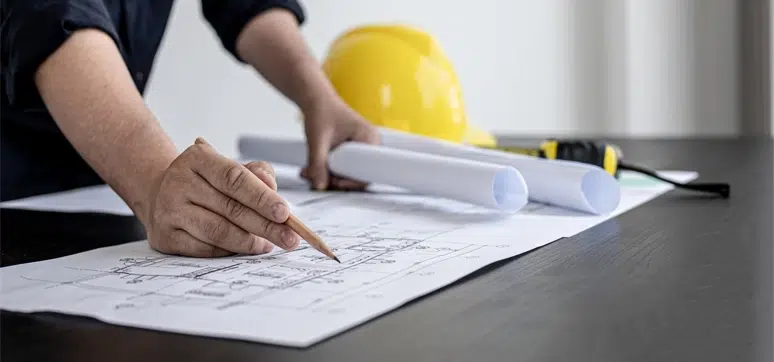
Improving Sustainability Alongside Fire Safety – Can We Deliver?
By: Abdul | April 16, 2024
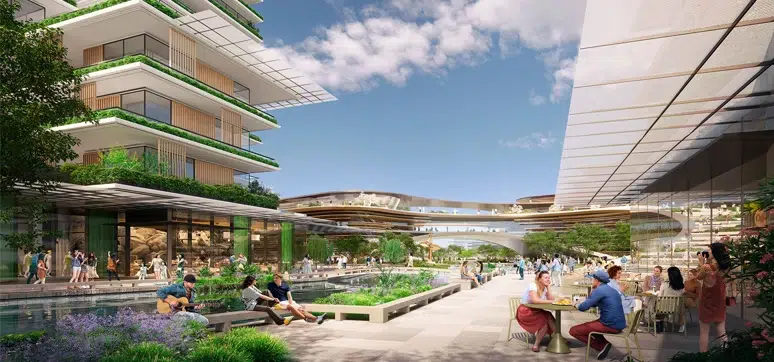
Foster + Partners Wins the Competition the New Xicen Science & Technology Centre
By: Abdul | April 9, 2024
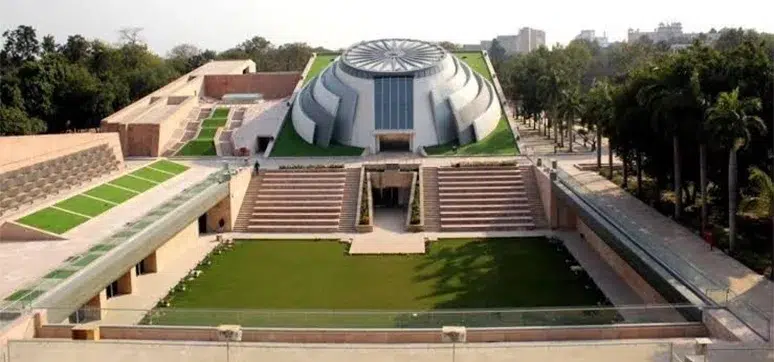
A Symbol of Architectural Brilliance & Cultural Significance
By: Abdul | April 8, 2024



